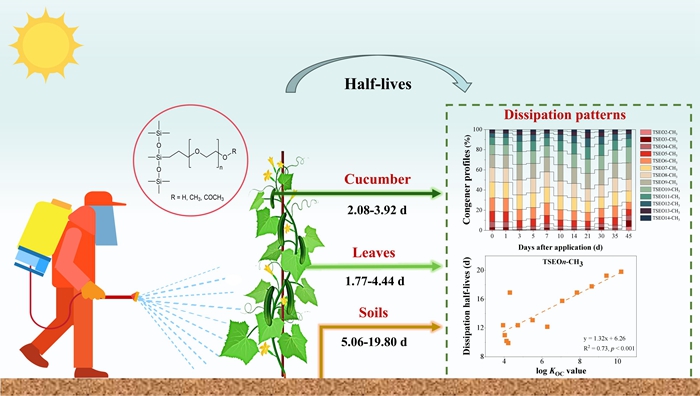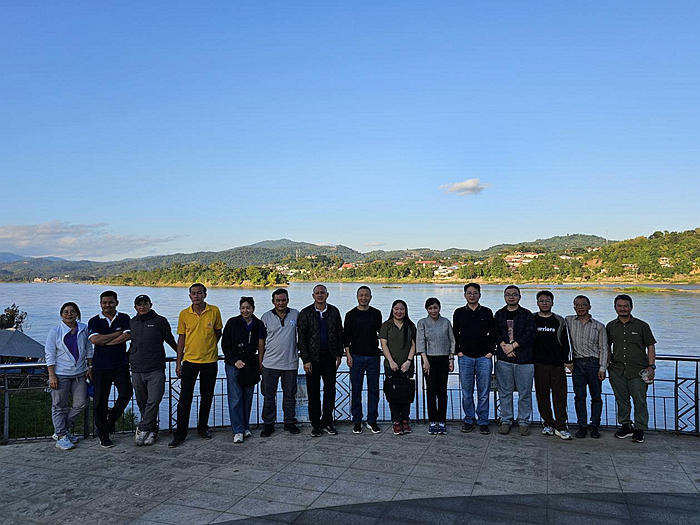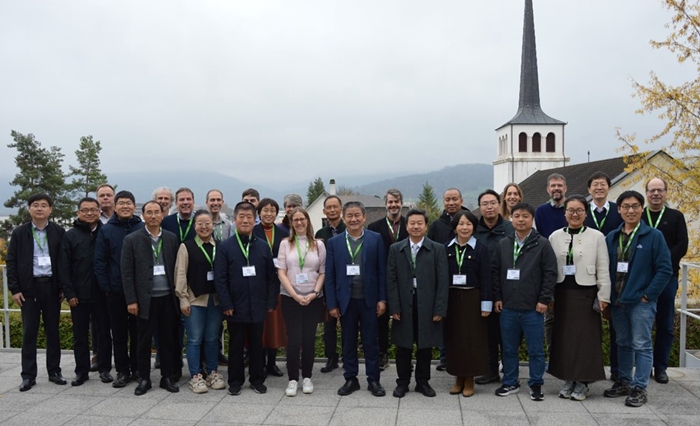Research revealed the dissipation behaviors of organosilicone pesticide adjuvants with different end-capping groups in cucumber plants and soils
Recently, the Innovation Team for Agro-product Quality and Safety Testing Technology from the Institute of Quality Standards and Testing Technology for Agro-products (IQSTAP) of the Chinese Academy of Agricultural Sciences (CAAS) systematically analyzed the residue dissipation patterns and behaviors of typical organosilicone pesticide adjuvants in cucumber plants and field soils. This study provides a scientific reference for the rational use and management of organosilicone pesticide adjuvants. The findings were published in the Journal of Hazardous Materials (IF: 12.2).
Trisiloxane ethoxylates (TSEO n , where n is the number of ethyleneoxide (EO) groups) are typical organosilicone pesticide adjuvants widely used in agricultural production in recent years. Previous studies have shown that the toxicological effects of TSEO n congeners are closely related to the end-capping groups of theirEO chains. Given this, the research team systematically revealed the congener profiles, dissipation half-lives, and potential behavioralmechanisms of three types of TSEO n in cucumber fruits, plant leaves, and field soils by conducting field trials, including hydroxyl-terminated (TSEO n -H, n = 2-14), methoxy-terminated (TSEO n -CH3, n = 2 - 14), and acetoxy-terminated (TSEO n -COCH3, n = 3 - 15), totaling 39 oligomers.
Field trials found that under open-field conditions, the half-lives of TSEO n in cucumbers, leaves, and soils were 2.08 - 3.92 d, 1.77 - 4.44 d, and 5.06 - 19.80 d, respectively. In cucumber leaves, the congener profiles of TSEO n -COCH3 shifted from a normal distribution to a distribution concentrated at lower degrees of polymerization. In soils, the half-lives of different TSEO n -H and TSEO n -CH3congeners were significantly positively correlated with their log K OC, indicating that the strong adsorption of long-chain TSEO n -H and TSEO n -CH3 in soils made their dissipation rates slower than those of short-chain congeners. Additionally, the simultaneous degradation of the siloxane backbone and EO chains of TSEO n may occur in cucumber fruits, leaves, and field soils.
This workwas supported by the Science and Technology Innovation Program of the Chinese Academy of Agricultural Sciences (CAAS-ASTIP-IQSTAP-02) andthe Talents Program under the CAAS.
The DOI link of the original paper:https://doi.org/10.1016/j.jhazmat.2025.137167

By Jin Fen
(jinfen@caas.cn)
-
 Jan 21, 2025IAED-CAAS Delegation Visits Thailand for Scientific Cooperation
Jan 21, 2025IAED-CAAS Delegation Visits Thailand for Scientific Cooperation -
 Dec 12, 2024Chinese Academy of Agricultural Sciences (CAAS) is launching the NARS Capacity Building through China-Africa Research Partnership Program
Dec 12, 2024Chinese Academy of Agricultural Sciences (CAAS) is launching the NARS Capacity Building through China-Africa Research Partnership Program -
 Dec 05, 2024China-CABI Project Development Workshop Held in Delémont, Switzerland
Dec 05, 2024China-CABI Project Development Workshop Held in Delémont, Switzerland -
 Dec 05, 2024Ministerial Workshop on Digital Agriculture and Rural Revitalization for BRI Partner Countries Held at CAAS
Dec 05, 2024Ministerial Workshop on Digital Agriculture and Rural Revitalization for BRI Partner Countries Held at CAAS -
 Dec 05, 2024CIAR and FGV Deepen Cooperation to Promote the Development of China-Brazil Green Agricultural Products Value Chain
Dec 05, 2024CIAR and FGV Deepen Cooperation to Promote the Development of China-Brazil Green Agricultural Products Value Chain
